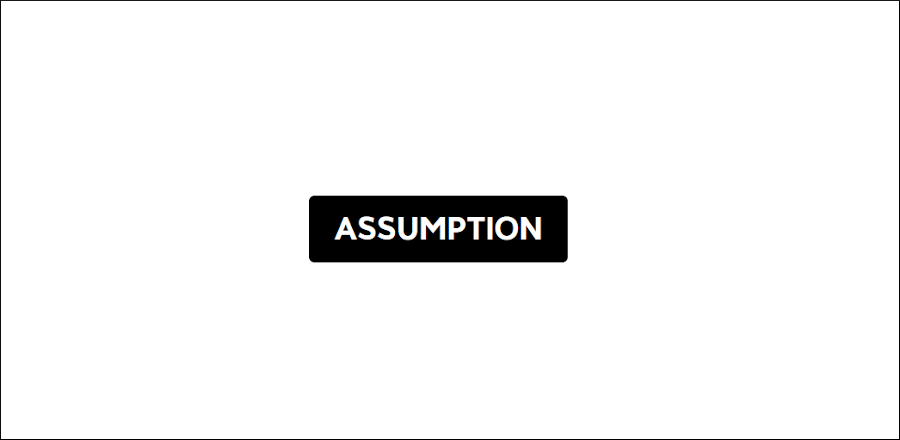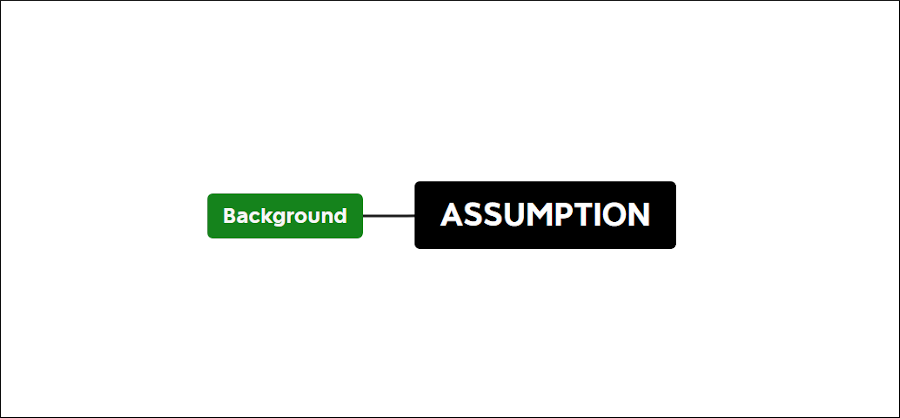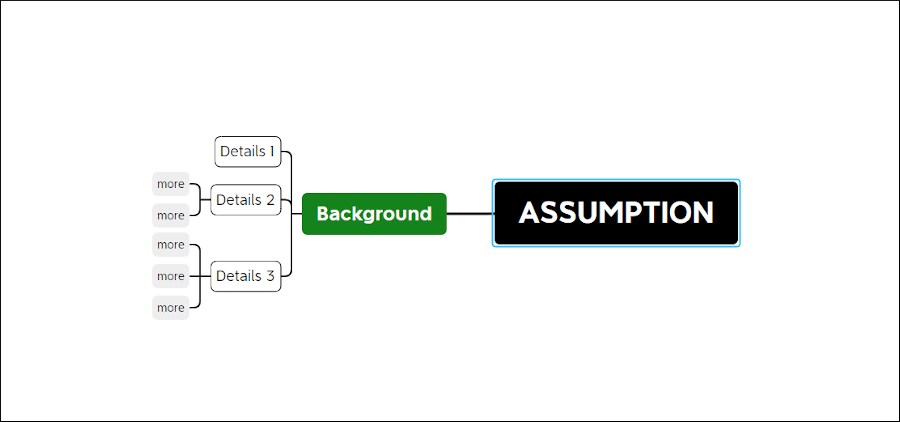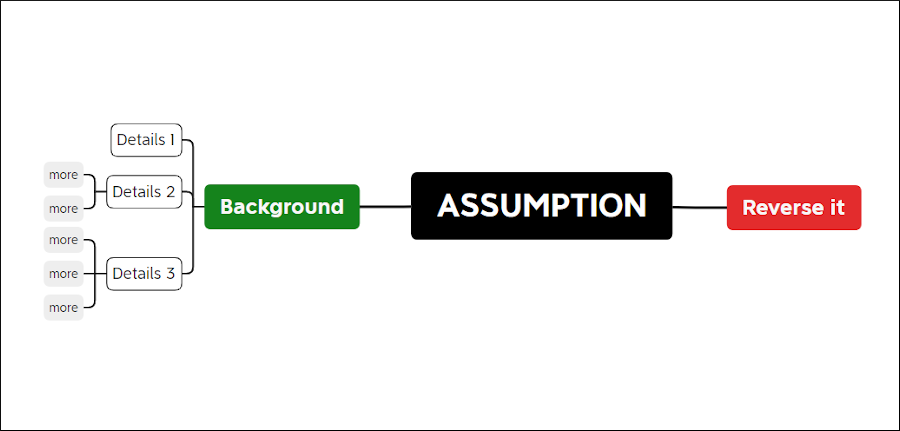
In times of rapid change, your assumptions can cloud your thinking and prevent you from seeing new opportunities. A mind map is the perfect tool to explore, challenge and convert them into creative solutions.
Assumptions are things that we believe are true. Often they seem so basic, so fundamental, that we take them for granted and never even think about challenging them.
“Assumptions are maintained by the hug of history. Yet, history does not guarantee their validity, nor does it ever reassess their validity. At times, an assumption presents a false face that we mistake for something immutable; a truth that cannot be challenged,” explains Michael Michalko, author of Thinkertoys: A Handbook of Creative-Thinking Techniques.
Assumptions are such a deeply embedded part of your thinking that they’re probably hindering your creativity – without you even being aware of their impact.
One powerful technique for side-stepping your assumptions is to first identify them and then reverse them.
Once you realize that your existing beliefs are not sacrosanct, it opens up your ind to a new world of ideas and possibilities.
“Reversals destabilize your conventional thinking patterns and free information to come together in provocative new ways.” Michalko adds.
How to create a mind map to reverse your assumptions
You can do so in five easy steps:
Step 1: Place the problem you’re trying to solve in the center of your mind map.

Step 2: Place your current assumption, stated in as few words as possible, in a first-level topic on the left side of your map.

Step 3: Use subtopics to capture details about this assumption and why people generally believe it’s true.

Step 4: Reverse your assumption and place it in a first-level topic on the opposite side of the map – the right side. I used XMind 2021 to create my assumptions map, which gives me the option of freely-positioning topics.

Step 5: Use a series of subtopics to explore it, using questions like these:
- What if I adopted this opposite belief?
- What viewpoints would it open up?
- What new ideas and possibilities does it suggest?
- What opportunities does sidestepping this assumption make possible?
- How could I accomplish this?
- What would it feel like if this opposite assumption was true?
- What if we could get results 2x as good in 1/2 the time?
- What could happen if I go against it or ignore it?
I’ve included them for you to use as brainstorming prompts in my assumptions mind map. You can use them to help you think through what the opposite of your assumption looks like and then delete them.
Conclusion
As you can see, a mind map can be a powerful ally in helping you surface, explore and challenge your assumptions – which van free up your mind to consider a previously unattainable range of creative possibilities.
Why not give it try to free up your thinking?


Leave a Reply